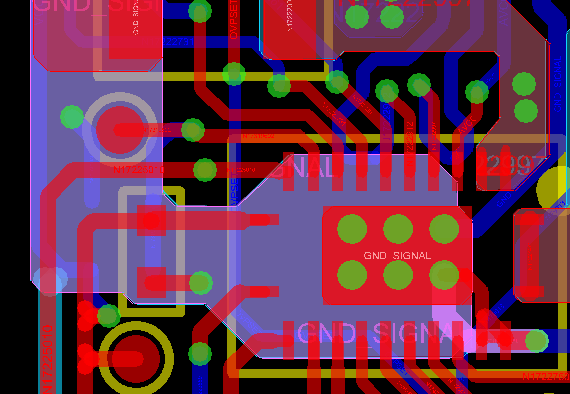Other Parts Discussed in Thread: BQ25713
Dear,Sir
I Previously Posted regarding the BQ24133 IC and tested the IC.
After all the bugfixing in the charging section.
We are now getting the output of 1A of the charging Current.
List of issues we are still facing are mentioned Below :
1)IC is rated to deliver the output of 2.5A .But even if we set the charging current to 1A the IC Gets heat up.Please explain the reason and solution for this.
2)I am using 4650 mAH Battery with PCM. When the battery goes in the full discharge mode,And then we start the charging the charging IC Dosen't provide the supply.I externally provide the excitation voltage of around 15 V to wake the battery to normal form.Is this the issue of the battery or the charging IC.?
3)In our system we are using type c charger and and taking the output of 15 V 3 A.The load we are using is restive type rated at 3A and 12 V .So due to the increased voltage it consumes more current.Can you suggest me any way so that is can reduce the voltage that will be going to drive the load or reduce the current going in the load.
I am attaching you the Schematic.
Please provide some solution.BQ24133 SCHEMATIC.pdf





